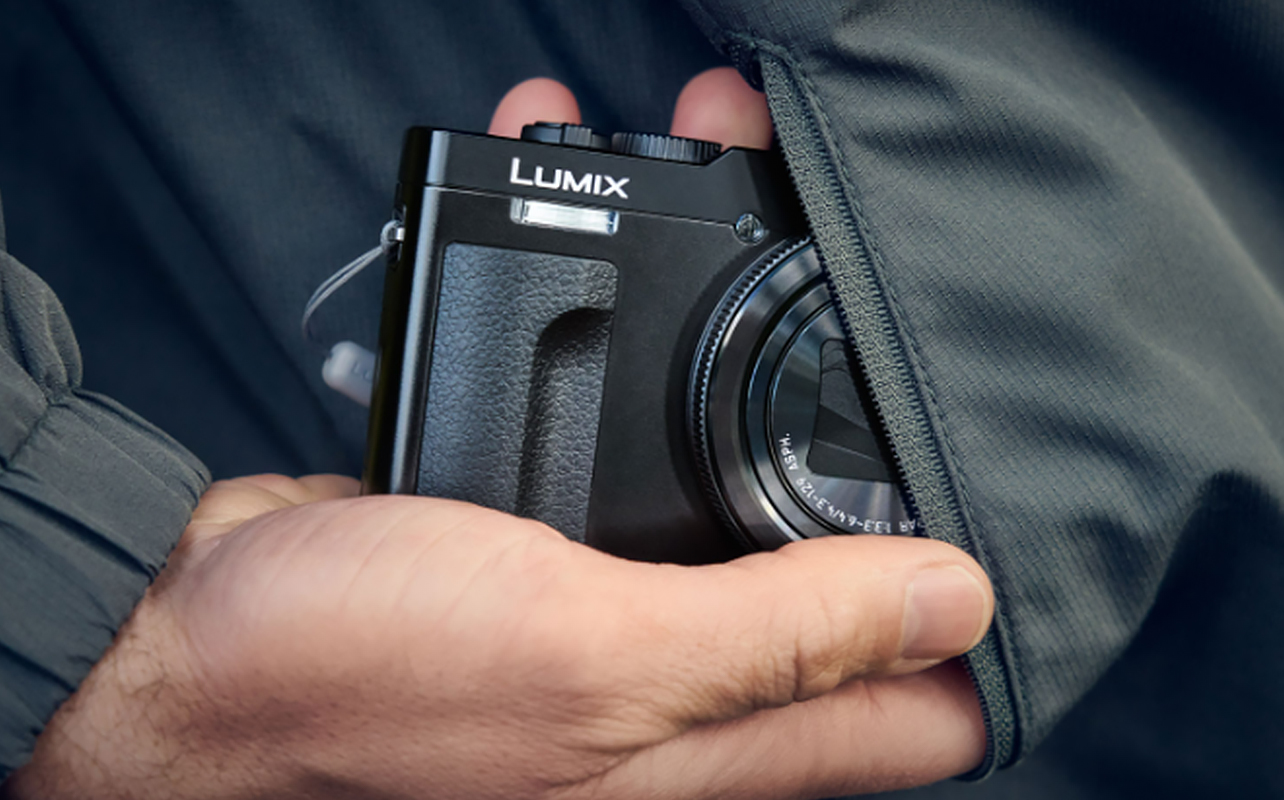
Known for their compact and portable design, many point-and-shoot cameras can fit in a purse or jacket pocket with room to spare. These user-friendly and intuitive cameras are a popular choice for beginners or casual users who don’t want to tinker with settings. With built-in zoom lenses and fully automatic settings, they take care of exposure, focus, and white balance for you. They’re a reliable photography companion for anyone who wants a streamlined camera system that’s easy to carry, whether travelling alone or capturing spontaneous family moments.
Whether you’re exploring photography for the first time or looking for a simple, travel-friendly upgrade from your phone, this camera guide will help you decide if a point-and-shoot is right for you. It breaks down everything you need to know—what point-and-shoot cameras are, how they work, their key features, and how they compare to other types of cameras.
What is a point-and-shoot camera?
A point-and-shoot camera (also called a compact camera or simply a P&S camera) is a small, lightweight digital camera designed for ease of use. Unlike DSLR or mirrorless cameras, which often require you to change lenses and fiddle with settings, point-and-shoot cameras come with a built-in lens and automatic shooting modes. They’re made for simplicity, perfect for casual users who want a good photo quality without getting bogged down in the technical side of photography.
These cameras shine in real-world situations where convenience matters. They’re suitable for travel—you can throw one in your bag and capture memories without lugging around heavy gear. They’re also great for family events like birthday parties and everyday moments, from golden hour sunsets to your dog in a goofy sweater. If you’re posting to social media, you’ll appreciate the improved image quality—without the learning curve of a more advanced camera.
How point-and-shoot cameras work
Point-and-shoot cameras are known for their automatic image settings and built-in lens.
Automatic image settings
As soon as you turn on your point-and-shoot camera, it analyzes the scene and automatically adjusts key settings like focus, exposure, and white balance. Most point-and-shoots use contrast-detection autofocus, where the camera looks for the sharpest point in the frame and adjusts focus accordingly. Some higher-end models may also include faster hybrid autofocus systems that combine contrast and phase detection. Exposure is automatically set to balance brightness and detail, while white balance is adjusted behind the scenes to keep colours accurate—so snow stays white, and skin tones look natural.
Built-in lens
Unlike DSLRs or mirrorless cameras where you swap lenses, point-and-shoots come with an integrated lens system. The built-in zoom lets you go from wide-angle group shots to close-ups easily. Optical zoom is common (and preferred), since it physically adjusts the lens to magnify your subject without reducing image quality. This means better detail and sharpness compared to digital zoom, which just crops and enlarges part of the image.
Here’s the best part: you don’t need to fuss with manual settings. Most point-and-shoots are designed to let you press a button and go. Whether you’re photographing your lunch or chasing after a toddler, you can get solid results without digging through menus or toggling dials. Instead of a traditional viewfinder, most use an LCD screen for live preview and playback. You can frame your shot in real time and instantly check how it turned out.
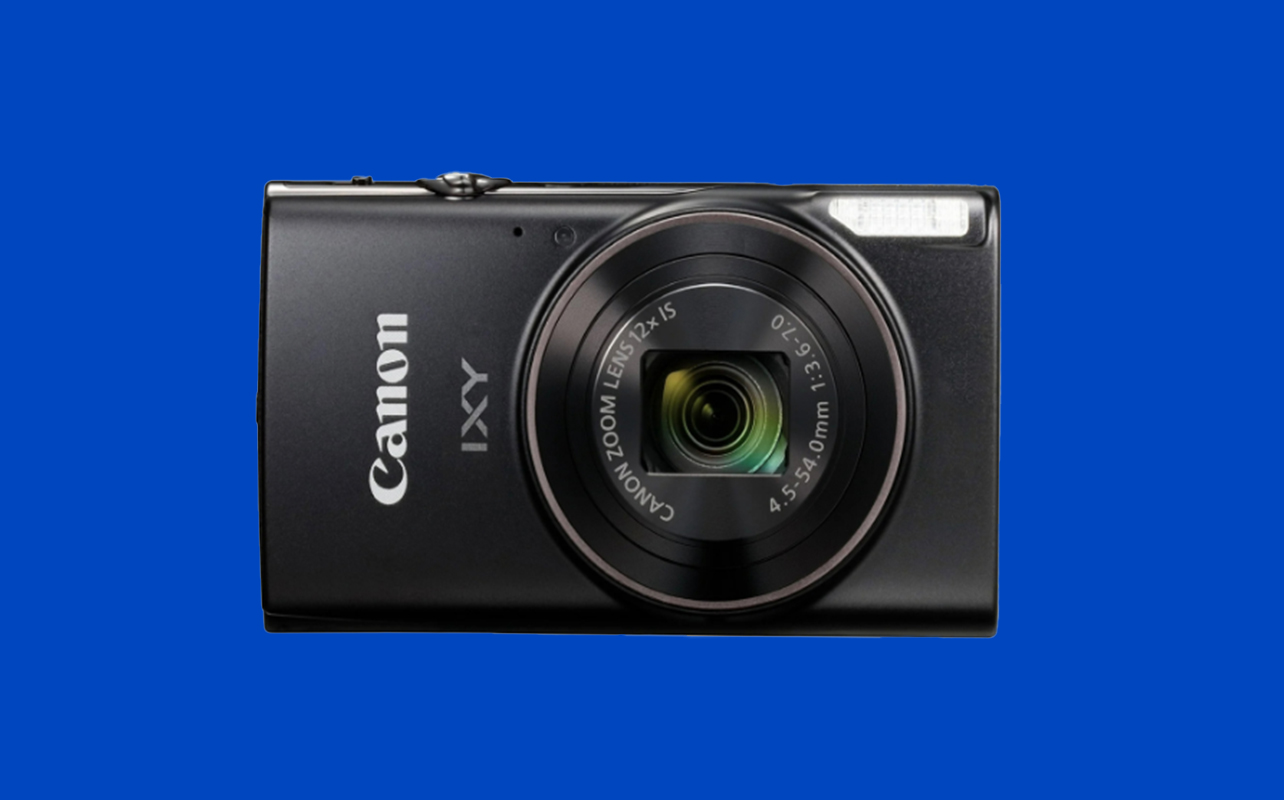
Key features of point-and-shoot cameras
They may be simple but that doesn’t mean they’re basic. Today’s models come packed with features to make your experience more enjoyable—and your photos better.
1. Compact and lightweight build
Portability is one of the biggest perks. Whether you’re slipping it into a jeans pocket or a daypack, a point-and-shoot camera is built for life on the go.
2. Optical vs. digital zoom lens
Look for optical zoom if you want crisp, detailed images—especially for travel, wildlife, or anything shot from a distance. Optical zoom physically moves the lens elements to bring your subject closer, maintaining clarity and detail. Digital zoom, on the other hand, crops the image and enlarges it digitally, which often leads to pixelation and a drop in sharpness.
3. Image stabilization
Built-in image stabilization (IS) helps reduce blur from shaky hands, useful in low light or when using zoom.
4. LCD screen
These cameras rely on a rear LCD screen for composing your shots. Some models even have touchscreens or flip-out displays for vlogging or selfies.
5. Video recording
Many point-and-shoot cameras now offer HD (1080p) or even 4K video. Capture stunning, high-resolution footage that can rival that of more advanced and expensive cameras.
6. Wireless connectivity
Features like Wi-Fi and Bluetooth let you quickly transfer photos to your phone or post to social media on the fly. Some cameras even support remote control via an app.
Advantages of using a point-and-shoot camera
Point-and-shoot cameras are perfect for everyday moments and on-the-go adventures. Here’s why they remain a smart, practical, and beginner-friendly choice.
Extremely easy to use
Point-and-shoots are built to be intuitive. Turn it on, frame your shot, and click. That’s it. The camera’s “shoot and go” design makes photography accessible to everyone.
Pocketable and travel-friendly
Forget lugging around a bulky camera bag. Easily bring your P&S cameras with you during travel, hikes, and spontaneous adventures.
Affordable compared to DSLRs and mirrorless options
You can get a nice P&S camera for under $300 CAD, with only a few high-end models crossing the $1,000 mark. They’re great for beginners and budget-conscious shoppers.
Quick startup time and minimal setup
No lens switching. No external accessories. No fuss. Just fast, convenient photography.
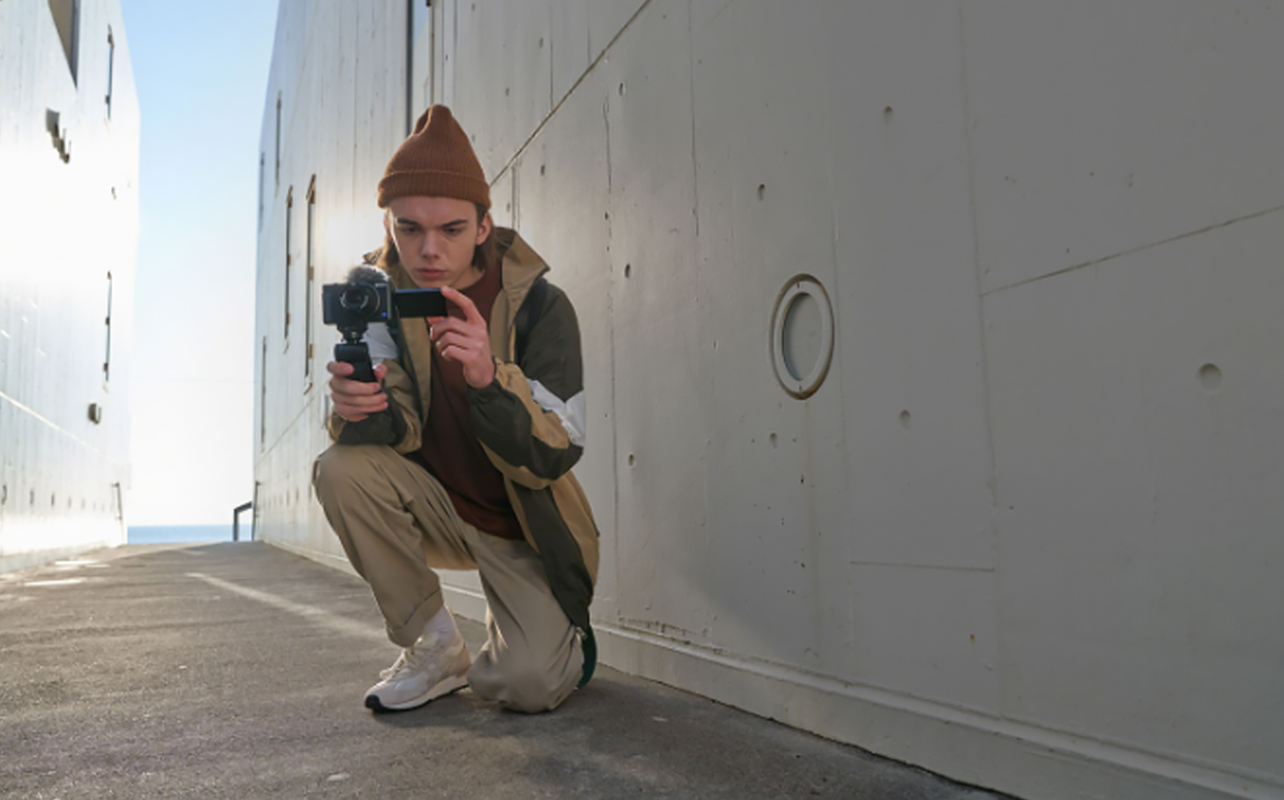
Common drawbacks of point-and-shoot cameras
Of course, no point-and-shoot camera is perfect; many do have a few limitations.
Limited control over manual settings
Unlike DSLRs or mirrorless cameras, most point-and-shoots offer minimal manual control. You might get a few scene modes or exposure tweaks, but serious manual photography is off the table.
Smaller sensors can affect image quality
Most point & shoot cameras use smaller image sensors than DSLRs or mirrorless models, which can lead to reduced detail, especially in challenging lighting. However, some high-end models use one-inch sensors or even larger, which compete with entry-level mirrorless cameras in image quality.
Fixed lens limits creative flexibility
You can’t change lenses for different effects or special situations. What you see is what you shoot.
May struggle in low-light situations
Without a large sensor or fast lens, many P&S cameras can struggle with grainy or blurry images in dim environments.
Point-and-shoot vs. other camera types
Here’s how point-and-shoot cameras stack up against the other big players in photography.
DSLR vs. point-and-shoot
- DSLRs offer superior image quality, interchangeable lenses, and full manual control—but they’re bulky, expensive, and less beginner-friendly.
- Point-and-shoots offer convenience and simplicity with less flexibility and creative control.
Mirrorless vs. point-and-shoot
- Mirrorless cameras are smaller than DSLRs but still offer top-tier performance and lens options.
- P&S cameras are even more compact but sacrifice pro-level features for ease of use.
Smartphone vs. point-and-shoot
- Smartphones are always in your pocket, but their digital zoom and tiny sensors can’t always match a good P&S camera’s optics and zoom range.
- A point & shoot camera gives you true optical zoom, better image stabilization, and more dedicated photo hardware.
Choosing the right point-and-shoot camera
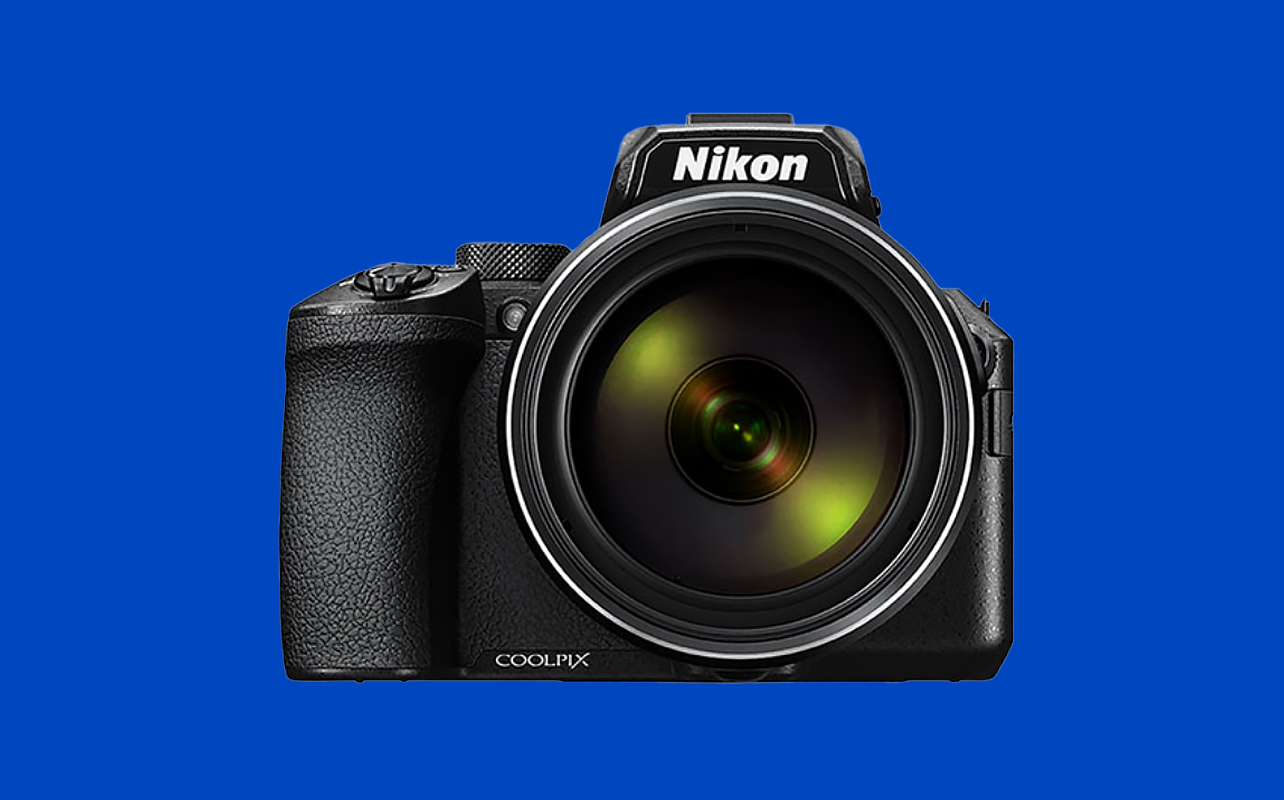
If you’re ready to pick up a point-and-shoot, here’s what to look for.
Factors to consider
- Size and weight: If you’re always on the go—whether hiking, commuting, or running after kids—a smaller, lightweight model will be easier to carry and more likely to get used.
- Zoom range: A 10x optical zoom or more is great for travel and sightseeing, letting you capture everything from landscapes to distant landmarks.
- Sensor size: A larger sensor means better image quality, especially in low light. This makes a big difference in night photography or indoor shots. A sensor size of at least one inch is recommended for optimal performance and image quality.
- Video quality: If you plan to capture video, look for models with at least 1080p. For smoother and sharper footage, 4K is even better.
- Wireless sharing: Built-in Wi-Fi or Bluetooth makes it easy to transfer photos to your phone and upload them straight to Instagram or your cloud backup.
Popular models and trusted brands
- Canon: The PowerShot series is a long-time favourite for its reliability and excellent auto modes.
- Sony: The Cyber-shot RX100 line is a top choice for users who want high-end performance in a small body, including amazing low-light quality.
- Panasonic: Lumix models are known for their impressive zoom and solid video features; vloggers or anyone who shoots both photos and clips will surely enjoy.
- Nikon: The Coolpix line offers great value for casual shooters and often includes fun features like built-in effects and scene modes.
Looking for the latest deals? Check out our point-and-shoot cameras on sale. You’ll find everything from entry-level compacts to premium models with advanced features.
Is a point-and-shoot camera the right fit for you?
For beginners, casual users, travellers, and anyone who wants a reliable, no-hassle way to capture life’s moments, the point & shoot is a fantastic choice. They’re popular for their compact size and lightweight design as well as their user-friendly interfaces that require minimal technical knowledge. With automatic settings, they capture quality shots in various conditions. Some even come equipped with a zoom lens for versatile framing without the need to change lenses.
P&S cameras are your easygoing, dependable photo companion. Toss in your bag before heading to any adventure or capturing your kid’s soccer game. Your next amazing photo might just be one click away. Browse our wide array of point-and-shoot cameras at Best Buy Canada.
This article was drafted using AI technology and then reviewed, fact-checked, and revised by a member of our editorial team.



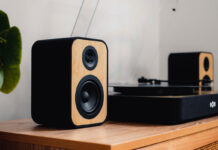


Really helpful explanation of point-and-shoot cameras! At our photo editing company Photo Background Remove (PBR), we often work with images from all types of cameras, and understanding the basics helps photographers capture shots that are easier to enhance and edit later.